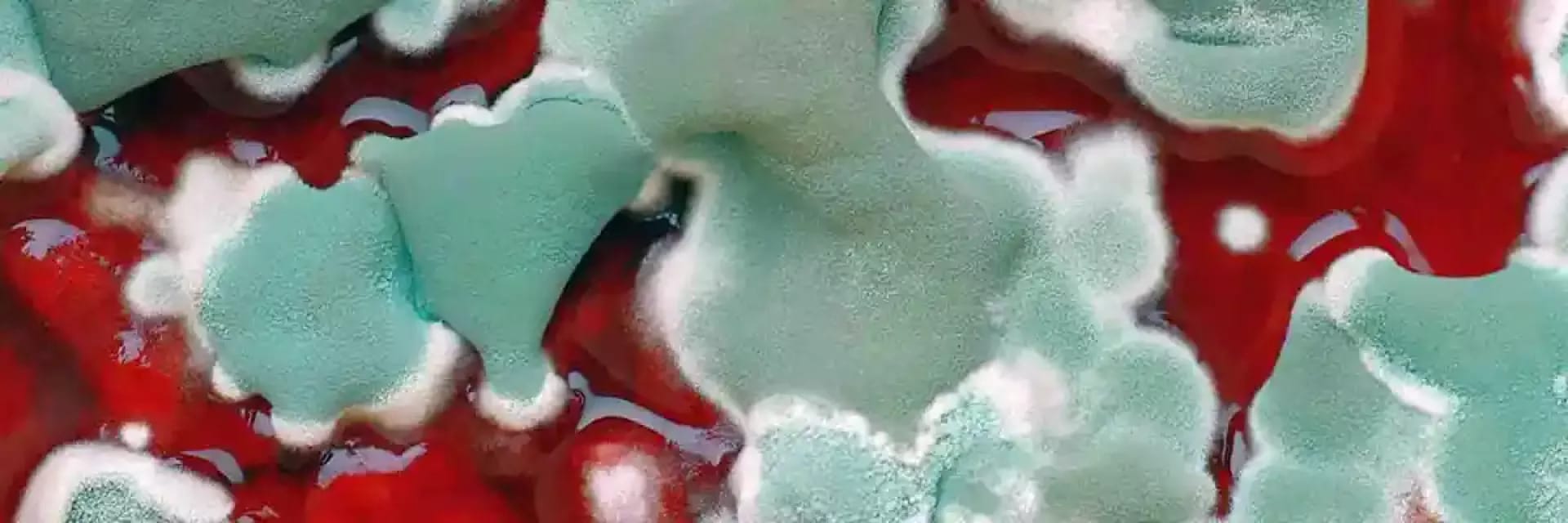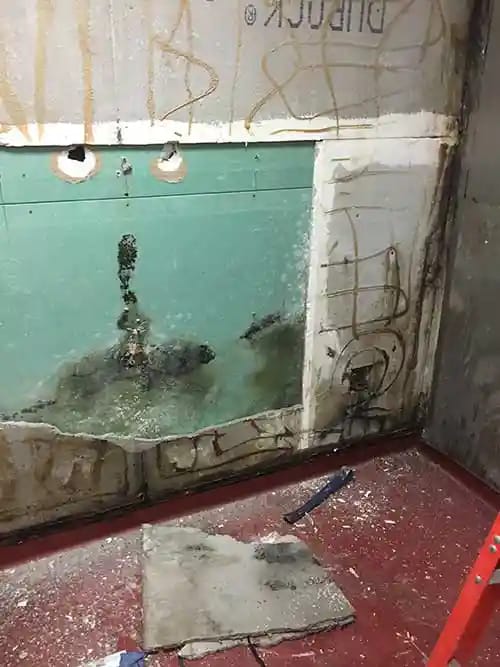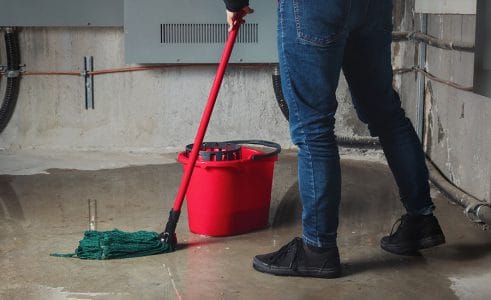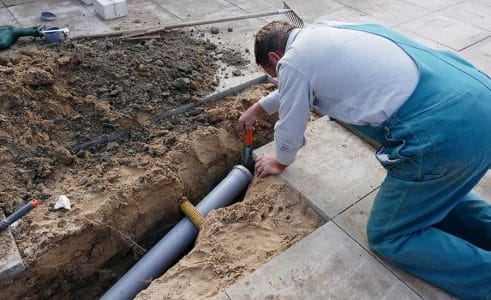What Is Mold?

With all the information you hear about mold, you’re probably wondering, “Why is mold bad?” and, more importantly, “Is mold dangerous?”
In this article, we’ll share some important information to make sure you understand how to identify mold and the dangers mold growth poses.
Is Mold Bad?
Mold is a type of fungi that grows in multicellular structures, also known as hyphae. These hyphae produce mold spores that you can find behind paneling, wallpaper, and under carpet paddings.
In addition, mold spores can also survive in outdoor areas, such as leaf piles, damp grass, and mulch.
While mold spores are everywhere, they require moisture to grow. As a result, mold often thrives in refrigerators, shower rooms, and areas affected by water leaks or flooding.
There are thousands of mold species — some of which are used to produce medicines like penicillin and food products.
However, when mold grows in your home or business, it can be detrimental, causing property damage and health issues.
So, why is mold bad? Mold growth in or around your property is dangerous for two reasons.
First, when mold starts to grow, it feeds on the materials it is growing on, resulting in irreversible damage, such as structural deterioration.
Secondly, mold releases tiny spores and byproducts into the air that can irritate or cause many illnesses. Breathing in these substances can lead to respiratory problems, such as triggering allergic reactions.
Stachybotrys chartarum, or black mold, is one common form of mold found in properties that can lead to such problems.
How Do You Know if Your Property Has Mold?
There are different ways to identify mold in your home or establishment. The simplest and most effective methods involve using your sight and sense of smell.
Mold-prone areas include:
- Bathroom tile and grout
- Basement walls
- Under the sink
- Windows where moisture condenses
High humidity and inadequate ventilation often cause mold in homes or businesses. This means routine activities that generate excess moisture — such as drying clothes indoors, taking hot showers, and cooking — can contribute to mold growth.
For homes or business establishments prone to humidity or dampness issues, investing in a dehumidifier and improving ventilation are proactive steps to help prevent mold problems.

What Does Black Mold Look Like?
Black mold is often used as an umbrella term to describe different species of mold, making it difficult to offer a single description.
However, Stachybotrys chartarum — one of the most common “black mold” species — typically appears dark green, almost black in color.
It often has a slimy texture because of a layer of moisture on the surface. Since different mold species can look similar, the most ideal way to identify the exact species is to have a mold remediation expert inspect your property or obtain a laboratory test by a third-party.
Third-party testing and a remediation plan aren’t always necessary, as mold is typically removed using the same procedure regardless of its type or cause.
If the source or extent of mold is unclear — think mold hidden behind walls or cabinets — it’s wise to invest in third-party testing and a remediation protocol.
Mold growth is common in buildings and doesn’t typically require immediate alarm. Identifying signs of mold early can lead to prompt action with a removal or remediation plan, which helps prevent damage to both property and health.
What Does Mold Smell Like?
Mold often makes its presence known through a distinct smell before becoming visible in your property.
Mold odor is typically described as wet, musty, and stale.
If you detect this smell in your home or business, immediately inspect for signs of mold. This odor can also cause nasal irritation and sneezing.
Other signs of mold damage include:
- Dampness
- Peeling wallpaper
- Dark or colored spots on walls
- Discolored carpet
- Grout between tiles begins to darken
- Health symptoms, such as sneezing, a runny nose or asthma
It’s important to recognize how quickly you can adapt to smells in your property. This emphasizes the need to address issues promptly upon noticing them, before you become accustomed to them and assume they have disappeared.
If you recognize a bad smell but don’t see any visible mold growth, consider contacting a professional for assessment, as mold can be concealed within or behind building materials.

What Causes Black Mold to Grow?
Like all types of mold, black mold requires constant moisture to grow. This means it can thrive after water damage from a flood or burst water pipe.
In addition, issues like roof leaks, clogged gutters, or poor landscaping can create significant moisture and mold issues.
For black mold to survive, it needs:
- A surface with a nutrient source (such as drywall, carpet, wood, or ceiling tiles)
- Darkness
- Warmth
- At least 24 to 48 hours
If these conditions are met, mold can grow almost anywhere on your property.
Ultimately, moisture is the critical factor. When moisture problems arise in your home or business, whether from condensation or water damage, mold can grow and begin to damage the affected materials.
.jpg)


